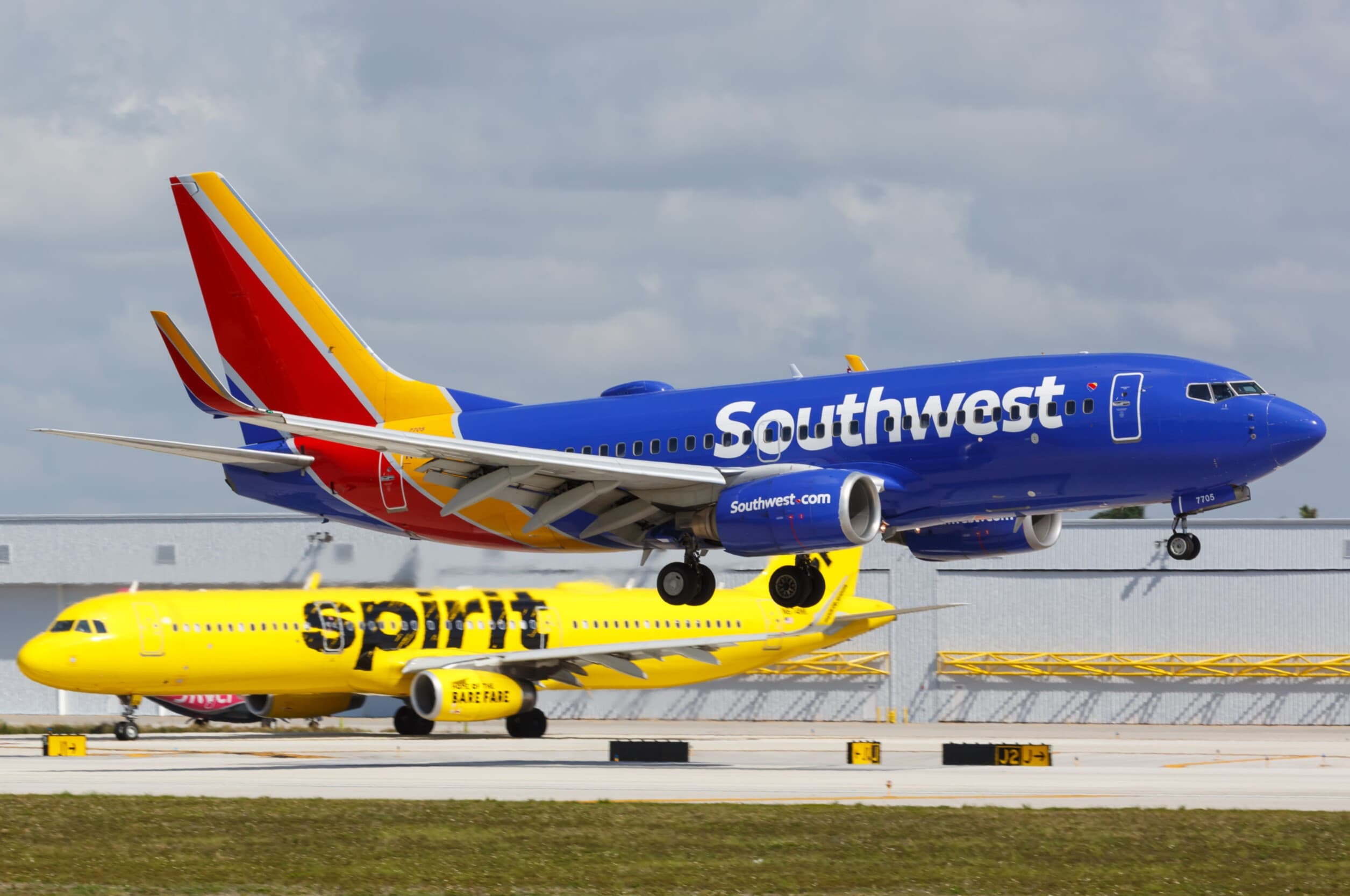
Airline deregulation changed the way we fly forever. Before 1978, the government controlled fares, routes, and schedules. This meant airlines had little competition and passengers had few choices. But what exactly happened after deregulation? Airfares dropped, new airlines emerged, and air travel became accessible to more people. However, it wasn't all smooth sailing. Some airlines struggled to survive, leading to bankruptcies and mergers. Safety standards also became a hot topic. Did deregulation make flying safer or riskier? And how did it impact customer service? Let's dive into 14 intriguing facts about airline deregulation that will answer these questions and more. Buckle up!
Key Takeaways:
- Airline deregulation in 1978 led to lower airfares and increased competition, making flying more affordable and accessible to the public. It also brought changes to airline services and had a significant economic impact.
- While airline deregulation brought benefits like lower airfares and job creation, it also led to bankruptcies and service cuts in smaller markets. Additionally, it raised environmental concerns due to increased air travel.
The Birth of Airline Deregulation
Airline deregulation transformed the aviation industry. It shifted control from the government to the airlines, leading to significant changes in how airlines operate.
-
The Airline Deregulation Act of 1978: This act, signed by President Jimmy Carter, removed government control over fares, routes, and market entry of new airlines. It aimed to increase competition and reduce fares.
-
Civil Aeronautics Board (CAB) Abolished: The CAB, which previously regulated the airline industry, was phased out by 1985. This allowed airlines to set their own prices and routes.
Impact on Airfares
Deregulation had a profound effect on airfares, making air travel more accessible to the general public.
-
Lower Airfares: Competition among airlines led to a significant drop in ticket prices. This made flying affordable for more people.
-
Price Wars: Airlines often engaged in price wars to attract customers. This further drove down the cost of air travel.
Increased Competition
With deregulation, new airlines entered the market, increasing competition and changing the landscape of the industry.
-
New Entrants: Many new airlines emerged, such as Southwest Airlines, which became known for its low-cost model.
-
Hub-and-Spoke System: Airlines developed hub-and-spoke networks, where flights are routed through central hub airports. This improved efficiency and connectivity.
Changes in Airline Services
Deregulation also brought changes to the services offered by airlines, impacting the passenger experience.
-
Frequent Flyer Programs: Airlines introduced loyalty programs to retain customers. These programs offered rewards like free flights and upgrades.
-
Service Differentiation: Airlines began to differentiate their services, offering various classes of service, in-flight entertainment, and meal options.
Economic Impact
The economic impact of deregulation was significant, affecting not only the airlines but also the broader economy.
-
Job Creation: Deregulation led to job creation within the airline industry and related sectors, such as tourism and hospitality.
-
Economic Growth: Increased air travel contributed to economic growth by facilitating business travel and tourism.
Challenges and Criticisms
Despite its benefits, airline deregulation also faced challenges and criticisms.
-
Bankruptcies: Many airlines struggled to compete in the deregulated market, leading to bankruptcies and consolidations.
-
Service to Smaller Markets: Some smaller markets lost service as airlines focused on more profitable routes. This left certain regions with limited or no air service.
Environmental Concerns
Deregulation also had environmental implications, as increased air travel contributed to pollution and other environmental issues.
-
Increased Emissions: The rise in air travel led to higher carbon emissions, contributing to climate change.
-
Noise Pollution: More flights resulted in increased noise pollution, affecting communities near airports.
The Impact of Airline Deregulation
Airline deregulation changed the aviation industry forever. It led to increased competition, lower fares, and more choices for travelers. Before deregulation, the government controlled routes and prices, limiting options. Post-deregulation, airlines could decide their own routes and fares, sparking innovation and efficiency.
Passengers benefited from more affordable travel and a wider range of destinations. Airlines had to adapt quickly, leading to the rise of low-cost carriers and new business models. While some traditional airlines struggled, the overall market grew, offering more opportunities for both travelers and airlines.
However, deregulation also brought challenges like fluctuating prices and varying service quality. Despite these issues, the positives outweighed the negatives, making air travel accessible to millions more people.
Understanding these changes helps appreciate how deregulation shaped today's aviation landscape. It’s a testament to how policy shifts can drive industry transformation, benefiting consumers and businesses alike.
Frequently Asked Questions
Was this page helpful?
Our commitment to delivering trustworthy and engaging content is at the heart of what we do. Each fact on our site is contributed by real users like you, bringing a wealth of diverse insights and information. To ensure the highest standards of accuracy and reliability, our dedicated editors meticulously review each submission. This process guarantees that the facts we share are not only fascinating but also credible. Trust in our commitment to quality and authenticity as you explore and learn with us.


